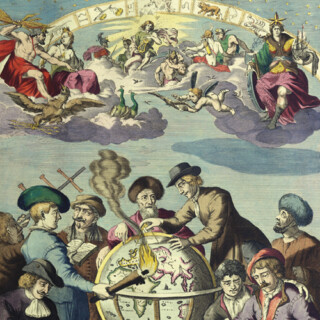-
×
 Luffman’s rare pocket atlas of England and Wales
1 × £5,000
Luffman’s rare pocket atlas of England and Wales
1 × £5,000 -
×
![FORTIN, [Jean] and BUY DE MORNAS, M. [Claude] [A set of two globes and one armillary sphere]](https://i0.wp.com/crouchrarebooks.com/wp-content/uploads/2025/03/15693_1H.jpg?fit=5000%2C2418&ssl=1) “Ingenieur-Mechanicien pour les Globes et Spheres”
1 × £40,000
“Ingenieur-Mechanicien pour les Globes et Spheres”
1 × £40,000 -
×
 Smith's rare geological survey of Kent
1 × £13,000
Smith's rare geological survey of Kent
1 × £13,000
Wallis' Tour of Europe.
A new Geographical Pastime.
London,
John Wallis, 16 Ludgate Street,
1794.
Engraved map with original hand colour, dissected and mounted on linen.
695 by 490mm. (27.25 by 19.25 inches).
14484
notes:
This geographical game map from 1794 recreates the contemporary tradition of the 'Grand Tour', where wealthy young men were sent around Europe to acquire culture and experience of different countries.
It is suitable for two to three players but up to six can play "if a double set of counters and pyramids are purchased". Each player takes a pyramid and four counters, which are meant to represent the tourist and their servants. They start at Harwich (No. 1), then ...
It is suitable for two to three players but up to six can play "if a double set of counters and pyramids are purchased". Each player takes a pyramid and four counters, which are meant to represent the tourist and their servants. They start at Harwich (No. 1), then ...
bibliography:
provenance:








